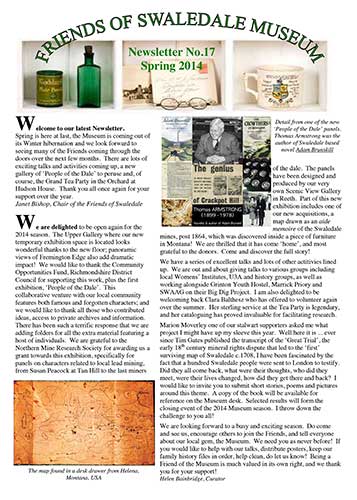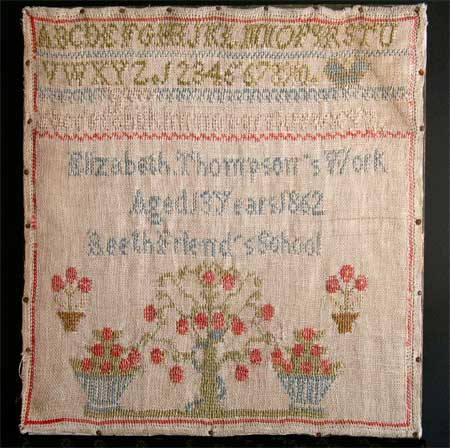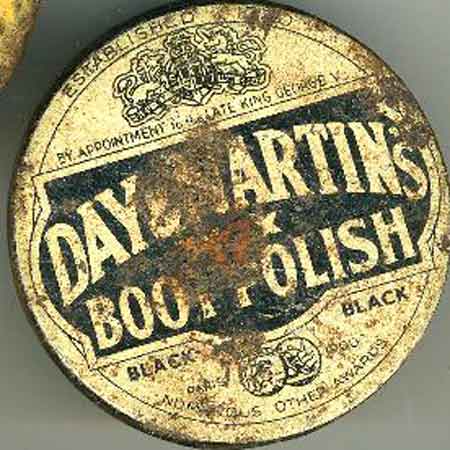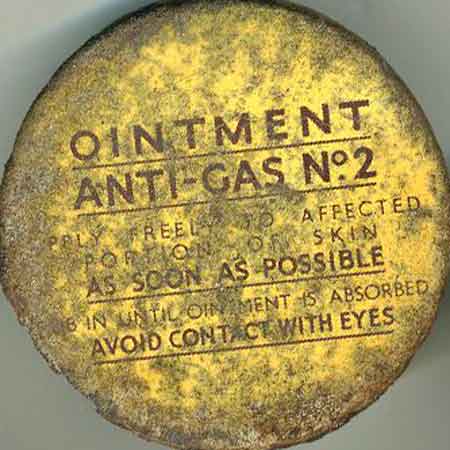Museum History
The Museum is based in the old Methodist School Room in Reeth. The School was built in 1836 on the site of two late 17th/early 18th century cottages and their gardens. After the new Quaker School was built in Reeth in 1862 the building became a Sunday School. We still have the early 20th century reed organ from those days, which has been restored to working order.
During the Second World War the building was used to billet troops attending the six week Battle Training Camp at Catterick. We often welcome visitors who remember sleeping here. During recent restoration work we found under the floorboards, tins of boot polish and anti-gas ointment along with packets of Navy Cut and Woodbine cigarettes, mementoes of this occupation. After the War the building was used as a recreation hall. The white badminton court lines are still visible on the ground floor.
Between 1947-49 pantomimes were performed in the hall by the Reeth Wesley Guild. We have photographs of the production of Cinderella, the poster for Mother Hubbard and the script for Beauty and the Beast. In 2006 Friends of the Museum formed a group called the Artyfacts, who re-staged Beauty and the Beast in the Memorial Hall in Reeth, which included some members of the original cast. The story of the production of the Pantomime was covered by Dales Diary and was broadcast that Christmas. Some locals remember receiving their diptheria vaccinations in the ‘vestry’, of the Hall, given by Dr Speirs the horseback doctor, whose medical equipment is on display in the Museum.
Donald and Erica Law bought the building from the Methodist Church and opened the Swaledale Folk Museum in 1974. They built the mezzanine, and in 1981 converted the storerooms outside into the main entrance.
In 2004 Helen and Alan Bainbridge took the Museum over, and are determined to keep it open to the public, for both visitors and locals. It remains a private museum, run independently with the aid of volunteers. The collection and archive continues to grow. The original front door has been reinstated, the remaining cottage turned back to domestic use, which can now be hired for day, week-end, and short break holidays. The ‘school yard’ has been turned back into a cottage garden, including vegtables, fruit trees, herbs and flowers which might have been grown before 1836. The Museum and its lively Friends group hold many events including talks, walks, concerts and a knitting café. We hope you will visit us, thereby helping us stay open for the future.



